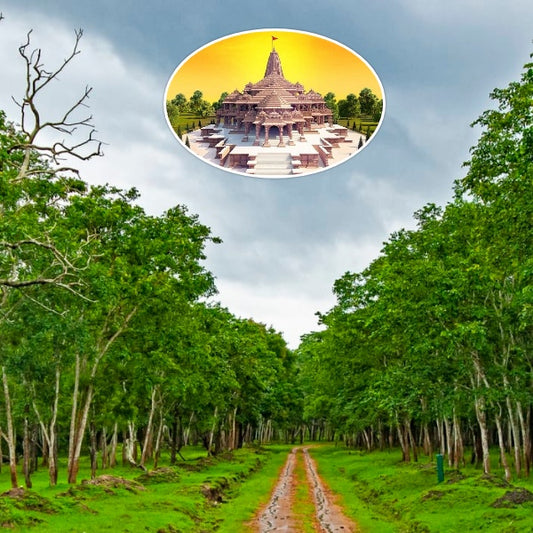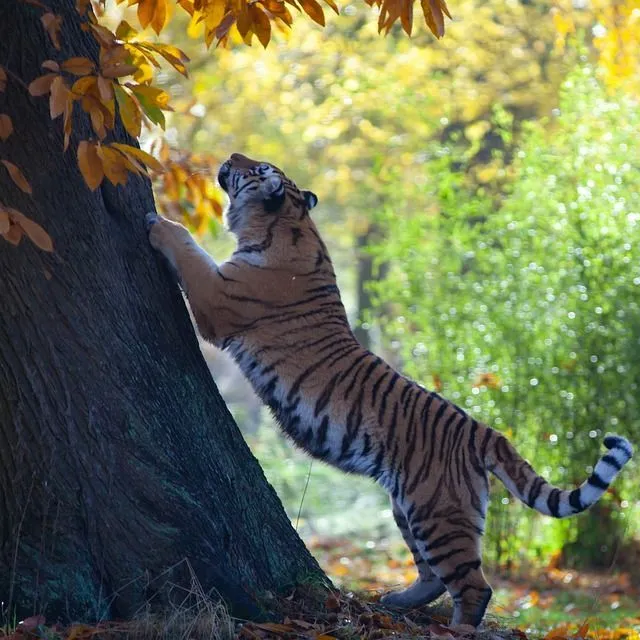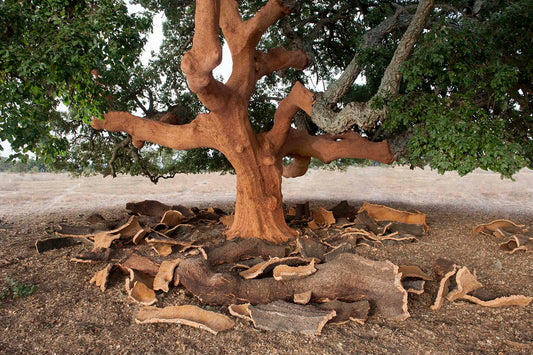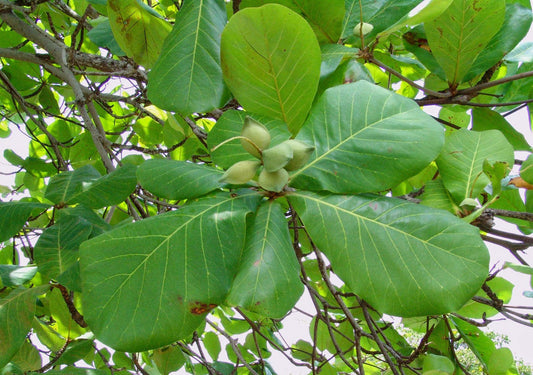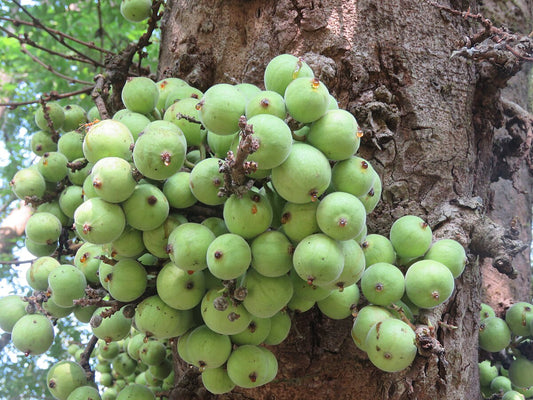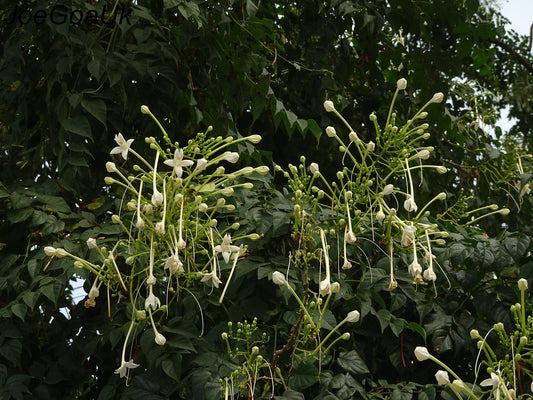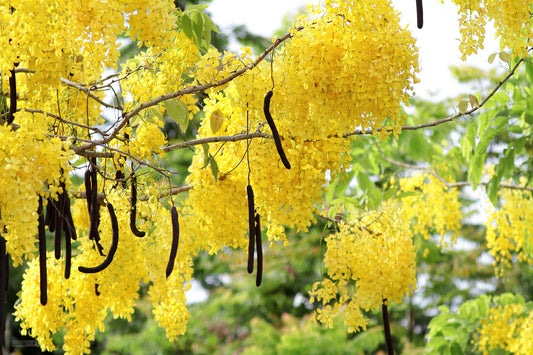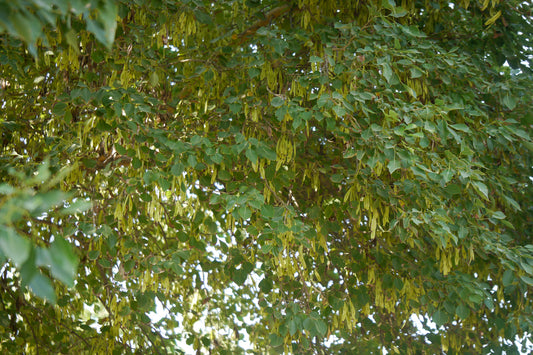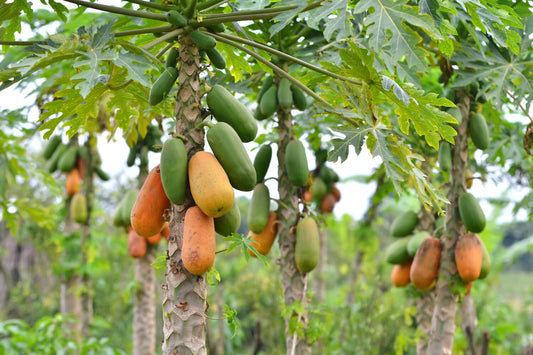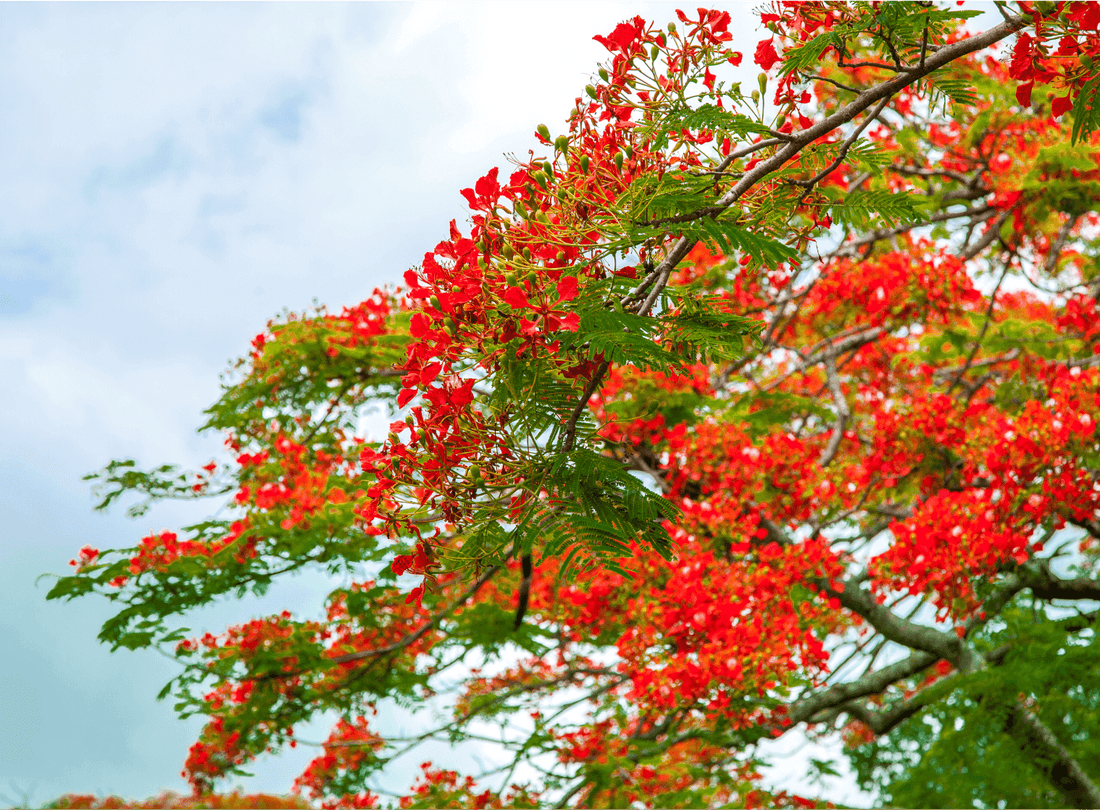

In the vibrant landscape, the Gulmohar Tree, scientifically known as Delonix regia or Gulmohar, graces the surroundings with flamboyant blossoms and cultural splendor. This striking tree, adorned with vibrant red and orange flowers, not only adds to the natural beauty but also holds cult Read more
Trending
Trees for Corporates
Gulmohar Tree
You may also like
Corporate Plantations
Gulmohar Tree Facts
Dive into interesting facts about the Gulmohar tree, known for its flamboyant display of fiery red-orange flowers and fern-like foliage. Learn about its scientific name (Delonix regia), native range, and cultural significance in tropical and subtropical regions worldwide.
Gulmohar Tree Care
Explore essential care tips for growing and maintaining Gulmohar trees in home gardens and urban landscapes. From selecting suitable planting sites to providing adequate sunlight, water, and soil nutrients, learn how to ensure the health and vitality of these iconic flowering trees.
Gulmohar Tree Pruning
Discover the importance of pruning Gulmohar trees to promote healthy growth, enhance flowering, and maintain desired shape and size. Learn about pruning techniques, timing, and precautions to avoid damaging the tree while encouraging optimal performance and aesthetic appeal.
Gulmohar Tree Seeds
Learn about the propagation of Gulmohar trees from seeds and techniques for collecting, storing, and germinating seeds. Explore the life cycle of Gulmohar trees and the role of seeds in natural regeneration and forest ecosystem dynamics.
Gulmohar Tree Medicinal Uses
Explore traditional medicinal uses of Gulmohar bark, leaves, and flowers in herbal remedies and folk medicine. From treating inflammation and fever to promoting wound healing and relieving gastrointestinal disorders, discover the therapeutic potential of this versatile tree species.
Gulmohar Tree Symbolism
Discover the cultural symbolism of the Gulmohar tree in various traditions, myths, and literary works. Revered for its vibrant flowers, graceful canopy, and associations with love, beauty, and renewal, the Gulmohar tree holds a special place in the hearts and imaginations of people around the world.
Gulmohar Tree Habitat
Delve into the natural habitat of Gulmohar trees, including tropical and subtropical regions with well-drained soil and ample sunlight. Learn about their ecological role in urban greening, soil stabilization, and biodiversity conservation in diverse landscapes.
Gulmohar Tree Timber Uses
Explore the lesser-known uses of Gulmohar wood in carpentry, furniture making, and handicrafts. Despite its relatively low commercial value, Gulmohar wood is prized for its attractive grain patterns, lightweight, and ease of carving, making it suitable for decorative and artistic purposes.
Gulmohar Tree Flowering Season
Learn about the flowering season of Gulmohar trees and the factors influencing the timing and intensity of bloom. From environmental cues such as temperature and rainfall to tree age and health, various factors contribute to the spectacular floral display of these iconic trees.
Gulmohar Tree Growth Rate
Gain insights into the growth rate and development of Gulmohar trees under optimal growing conditions. With rapid growth during the early years, followed by slower maturation and stabilization, Gulmohar trees can reach impressive heights and spread, providing shade and beauty in urban and rural landscapes.
Gulmohar Tree Invasive Potential
Explore the potential invasiveness of Gulmohar trees in non-native habitats and the ecological impacts of their introduction. While valued for their ornamental value, Gulmohar trees can become invasive in certain regions, outcompeting native vegetation and altering ecosystem dynamics.
Gulmohar Tree Conservation
Learn about conservation efforts aimed at protecting Gulmohar trees and their natural habitats from threats such as deforestation, urbanization, and climate change. Discover initiatives focused on habitat restoration, community engagement, and sustainable land management to ensure the long-term survival of these iconic trees.
Gulmohar Tree Leaf Characteristics
Explore the distinctive characteristics of Gulmohar leaves, including their bipinnate compound structure and feathery appearance. With bright green foliage that provides shade and shelter, Gulmohar leaves contribute to the aesthetic appeal and ecological functions of these graceful trees.
Gulmohar Tree Root System
Learn about the root system of Gulmohar trees and its role in anchoring the tree, absorbing water and nutrients, and supporting aboveground growth. With a deep and extensive root system, Gulmohar trees are well-adapted to various soil types and environmental conditions, making them resilient and long-lived.
Gulmohar Tree Drought Tolerance
Discover the drought tolerance mechanisms of Gulmohar trees and their ability to survive prolonged dry periods. With adaptations such as deep roots, water storage tissues, and reduced transpiration rates, Gulmohar trees can withstand drought stress and thrive in arid and semi-arid climates.
Gulmohar Tree Flower Anatomy
Explore the anatomy of Gulmohar flowers, including their vibrant coloration, floral structure, and reproductive organs. From the showy petals and stamens to the ovary and stigma, Gulmohar flowers exhibit intricate adaptations for attracting pollinators and facilitating seed production.
Gulmohar Tree Soil Requirements
Learn about the soil requirements for growing Gulmohar trees and optimizing their health and growth. From well-drained loamy soils to sandy or clayey substrates, Gulmohar trees prefer fertile soils with good aeration and moisture retention, ensuring robust root development and nutrient uptake.
Gulmohar Tree Pest and Disease Management
Discover common pests and diseases that affect Gulmohar trees and strategies for prevention and control. From fungal infections and leaf-chewing insects to root rot and wilt diseases, proactive management practices can help mitigate the impact of pests and diseases on tree health.
Gulmohar Tree Root Pruning
Learn about root pruning techniques for Gulmohar trees to address root-related issues and promote tree health and stability. From removing circling roots and surface roots to enhancing soil aeration and drainage, root pruning can improve the overall vigor and longevity of Gulmohar trees in urban landscapes.
Gulmohar Tree Landscape Design
Explore creative ideas for incorporating Gulmohar trees into landscape designs, gardens, and public spaces. From focal points and shade trees to street plantings and mixed borders, Gulmohar trees offer endless possibilities for enhancing aesthetics, biodiversity, and environmental quality in diverse settings.
FAQ
What is a Gulmohar tree?
The Gulmohar tree, also known as the Flame Tree or Royal Poinciana, is a tropical tree prized for its stunning red-orange flowers. Its fern-like leaves and vibrant blossoms make it a popular ornamental tree in many tropical and subtropical regions.
Where is the Gulmohar tree commonly found?
Gulmohar trees are native to Madagascar but are commonly found in tropical and subtropical regions worldwide. They thrive in warm climates with well-drained soil and plenty of sunlight, often gracing parks, gardens, and urban landscapes.
What are the characteristics of Gulmohar trees?
Gulmohar trees are characterized by their fern-like bipinnate leaves and large clusters of vibrant red or orange flowers. These deciduous trees can reach heights of up to 30 meters (100 feet) and have a spreading canopy that provides ample shade.
How tall do Gulmohar trees grow?
Gulmohar trees can grow up to 30 meters (100 feet) tall, creating a striking canopy when in full bloom. Their tall stature and spreading branches make them an impressive addition to any landscape, providing shade and beauty.
What is the scientific name of the Gulmohar tree?
The scientific name of the Gulmohar tree is Delonix regia, belonging to the family Fabaceae. This botanical name reflects its regal appearance and status as a member of the legume family, known for its nitrogen-fixing abilities.
When do Gulmohar trees bloom?
Gulmohar trees typically bloom in late spring to early summer, depending on the climate. During this time, their canopy is adorned with vibrant clusters of red, orange, or yellow flowers, creating a breathtaking display of color.
How to care for Gulmohar trees?
To care for Gulmohar trees, ensure they receive full sunlight, well-draining soil, and regular watering, especially during the growing season. Mulching around the base of the tree helps retain moisture and suppress weeds, while occasional pruning promotes healthy growth and shape.
What are the benefits of planting Gulmohar trees?
Planting Gulmohar trees provides shade, aesthetic beauty, and habitat for birds and insects. Their deep-rooted system also helps prevent soil erosion and improves soil fertility, making them valuable additions to urban and rural landscapes alike.
Are Gulmohar trees suitable for urban environments?
Yes, Gulmohar trees are well-suited for urban environments due to their ability to withstand pollution and thrive in various soil types. Their tolerance to urban stresses, coupled with their ornamental value, makes them popular choices for street planting and landscaping projects.
How to propagate Gulmohar trees?
Gulmohar trees can be propagated from seeds or through grafting methods. Collect mature seeds from the tree during the dry season and sow them in well-prepared soil. Alternatively, propagate Gulmohar trees through grafting by using scions from healthy, mature trees.
What are the common pests and diseases affecting Gulmohar trees?
Common pests and diseases affecting Gulmohar trees include aphids, caterpillars, and fungal infections like powdery mildew. Regular monitoring, proper sanitation, and timely application of insecticides or fungicides can help manage these issues effectively.
Can Gulmohar trees tolerate drought?
Gulmohar trees have moderate drought tolerance once established but benefit from regular watering during dry periods. Mulching and deep watering help retain soil moisture and promote root development, enhancing their resilience to drought conditions.
How long does it take for a Gulmohar tree to mature?
It typically takes 3 to 5 years for a Gulmohar tree to reach maturity and start flowering. During this time, provide optimal growing conditions, including adequate sunlight, water, and nutrients, to encourage healthy growth and development.
Are Gulmohar trees deciduous?
Yes, Gulmohar trees are deciduous, shedding their leaves during the dry season. This natural process allows the tree to conserve water and energy during periods of drought, ensuring its survival until the next growing season.
Can Gulmohar trees be grown in pots?
Yes, Gulmohar trees can be grown in pots, provided they have sufficient space, sunlight, and well-draining soil. Choose a large container with drainage holes and use a potting mix rich in organic matter to support healthy growth and development.
What is the significance of Gulmohar trees in landscaping?
Gulmohar trees are prized in landscaping for their ornamental value, providing shade and vibrant color to gardens, parks, and streetscapes. Their striking appearance, coupled with their ability to attract birds and butterflies, enhances the aesthetic appeal of any outdoor space.
Are Gulmohar trees invasive?
While Gulmohar trees are not considered invasive, they can spread quickly in favorable conditions. Their prolific seed production and ability to adapt to various environments make them potentially invasive in regions with suitable climates and soil conditions.
How do you prune a Gulmohar tree?
Prune Gulmohar trees in late winter or early spring to remove dead or damaged branches and shape the tree. Use clean, sharp pruning tools and make cuts at a slight angle just outside the branch collar to promote rapid healing and minimize the risk of disease.
What is the lifespan of a Gulmohar tree?
Gulmohar trees have a lifespan of approximately 25 to 50 years, depending on growing conditions and care. Providing proper maintenance, including regular watering, fertilization, and pest control, can help extend their lifespan and ensure their longevity in the landscape.
Are Gulmohar trees protected species?
Gulmohar trees are not protected species, but local regulations may apply to their planting and care in certain areas. Before planting Gulmohar trees, check with local authorities or conservation organizations to ensure compliance with relevant laws and regulations.
Most Popular
Connect with us
-
👥 Corporates
If you are looking for:
- 🌲 Tree Plantation Events
- 📊 CSR Projects
📧 corporate@growbilliontrees.com
📞 +91 9699723523
💬 WhatsApp (Only): +91 9370599291
🕒 Mon - Sat | 10am - 7pm IST
-
🧩 Tree Plantation NGOs
If you are looking for:
- 💰 Financial Assistance
- 🤝 Operational Support
📧 support@growbilliontrees.com
📞 +91 9699723523
💬 WhatsApp (Only): +91 9370599291
🕒 Mon - Sat | 10am - 7pm IST
-
🌼 Individuals
If you are looking for:
- 👥 Group Tree Plantation Drive
- 🌳 Bulk Tree Plantation
📞 +91 9699723523
💬 WhatsApp (Only): +91 9370599291
🕒 Mon - Sat | 10am - 7pm IST





